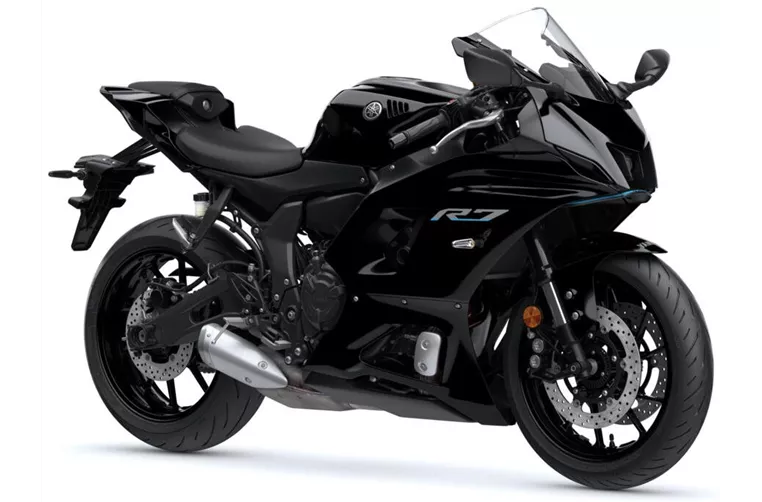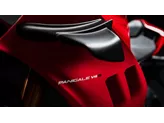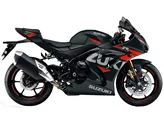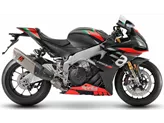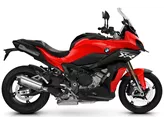Yamaha R7 2021 vs. BMW S 1000 RR 2015
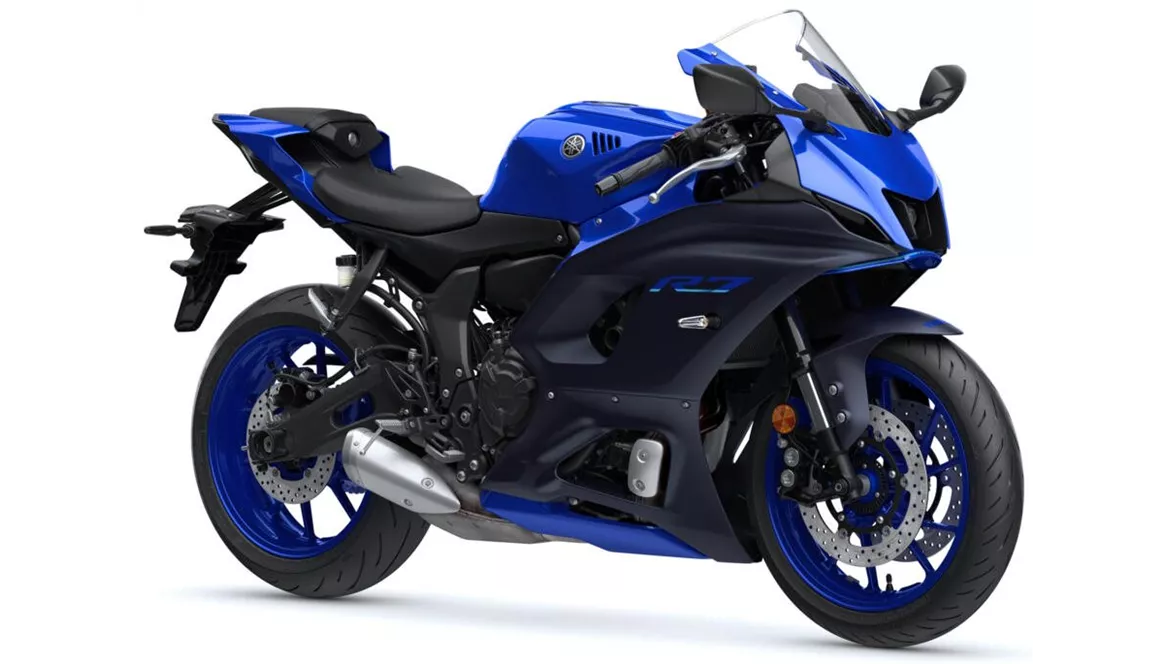
Yamaha R7 2021

BMW S 1000 RR 2015
Visão geral - Yamaha R7 2021 vs BMW S 1000 RR 2015
The Yamaha R7 2021 and the BMW S 1000 RR 2015 are both high-performance supersport motorcycles, but they have some notable differences in terms of their technical specifications and strengths.
Starting with the technical specifications, both bikes have an inline engine type and an 80mm bore. However, the stroke of the Yamaha R7 is 68.6mm, while the BMW S 1000 RR has a stroke of 49.7mm. This stroke difference contributes to the Yamaha R7 having a displacement of 689cc, while the BMW S 1000 RR has a displacement of 999cc.
In terms of power, the Yamaha R7 produces 73.4 horsepower, while the BMW S 1000 RR boasts a much higher power output of 199 horsepower. The torque figures also differ significantly, with the Yamaha R7 producing 67 Nm of torque compared to the BMW S 1000 RR's 113 Nm. The Yamaha R7 has a compression ratio of 11.5, while the BMW S 1000 RR has a higher compression ratio of 13.
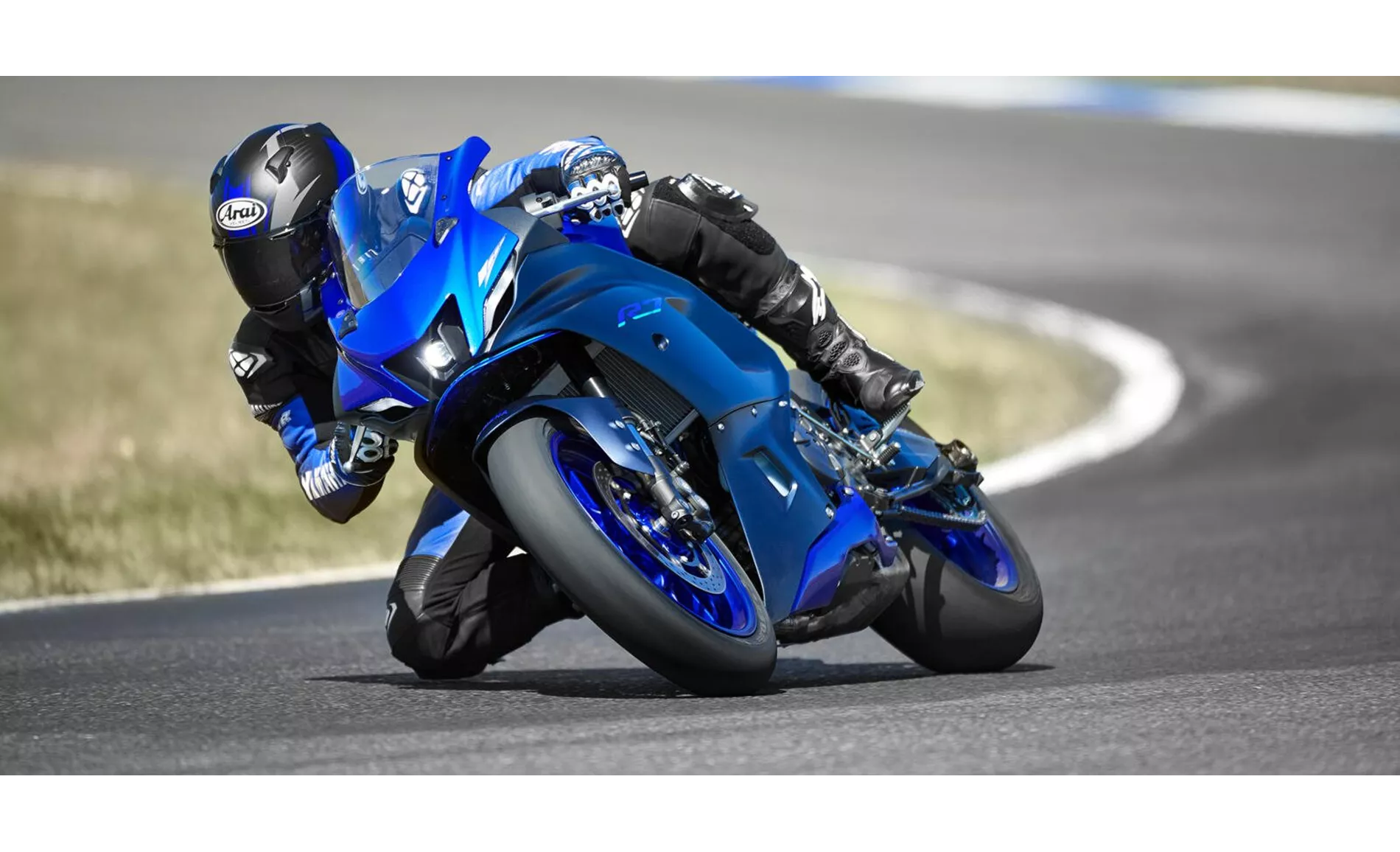
Yamaha R7 2021
Moving on to the suspension, both bikes feature a telescopic front suspension and a swingarm rear suspension. However, the Yamaha R7 has a upside-down telescopic fork, while the BMW S 1000 RR has a conventional telescopic fork.
In terms of the chassis, the Yamaha R7 has a steel frame, while the BMW S 1000 RR has an aluminum frame. This difference in frame material can affect the overall weight and handling characteristics of the bikes. Speaking of weight, the Yamaha R7 weighs 188 kg (with ABS), while the BMW S 1000 RR weighs slightly more at 204 kg (with ABS).
Both bikes have dual disc front brakes with radial technology, and they share the same tire width for the front (120mm) and rear (17-inch diameter). However, the BMW S 1000 RR has a wider rear tire at 190mm compared to the Yamaha R7's 180mm rear tire.
In terms of dimensions, the Yamaha R7 has a shorter wheelbase of 1395mm, while the BMW S 1000 RR has a slightly longer wheelbase of 1425mm. The Yamaha R7 has a fuel tank capacity of 13 liters, while the BMW S 1000 RR has a larger fuel tank capacity of 17.5 liters.

BMW S 1000 RR 2015
Now let's discuss the strengths and weaknesses of each bike. The Yamaha R7 2021 is praised for its high torque CP2 engine, sporty riding position, suspension setup, and the inclusion of high-quality tires as standard. It is also considered a good entry-level trackday motorcycle. However, a potential weakness of the Yamaha R7 is the absence of a quick-shift lever as standard.
On the other hand, the BMW S 1000 RR 2015 is highly regarded for its excellent quick-shift assistant, incredibly powerful and rev-happy engine, wide range of accessories, and the availability of data logging and race-ready calibration tools. However, it is noted that the chassis of the BMW S 1000 RR can quickly reach its limit in the hands of professional riders.
In conclusion, while both the Yamaha R7 2021 and the BMW S 1000 RR 2015 are high-performance supersport motorcycles, they have distinct differences in terms of their technical specifications, strengths, and weaknesses. The Yamaha R7 offers a more accessible and track-oriented package, while the BMW S 1000 RR delivers a higher level of power and advanced features for experienced riders.
Especificações técnicas Yamaha R7 2021 em comparação com BMW S 1000 RR 2015
Prós e contras em comparação
Prós e contras em comparação
Yamaha R7 2021
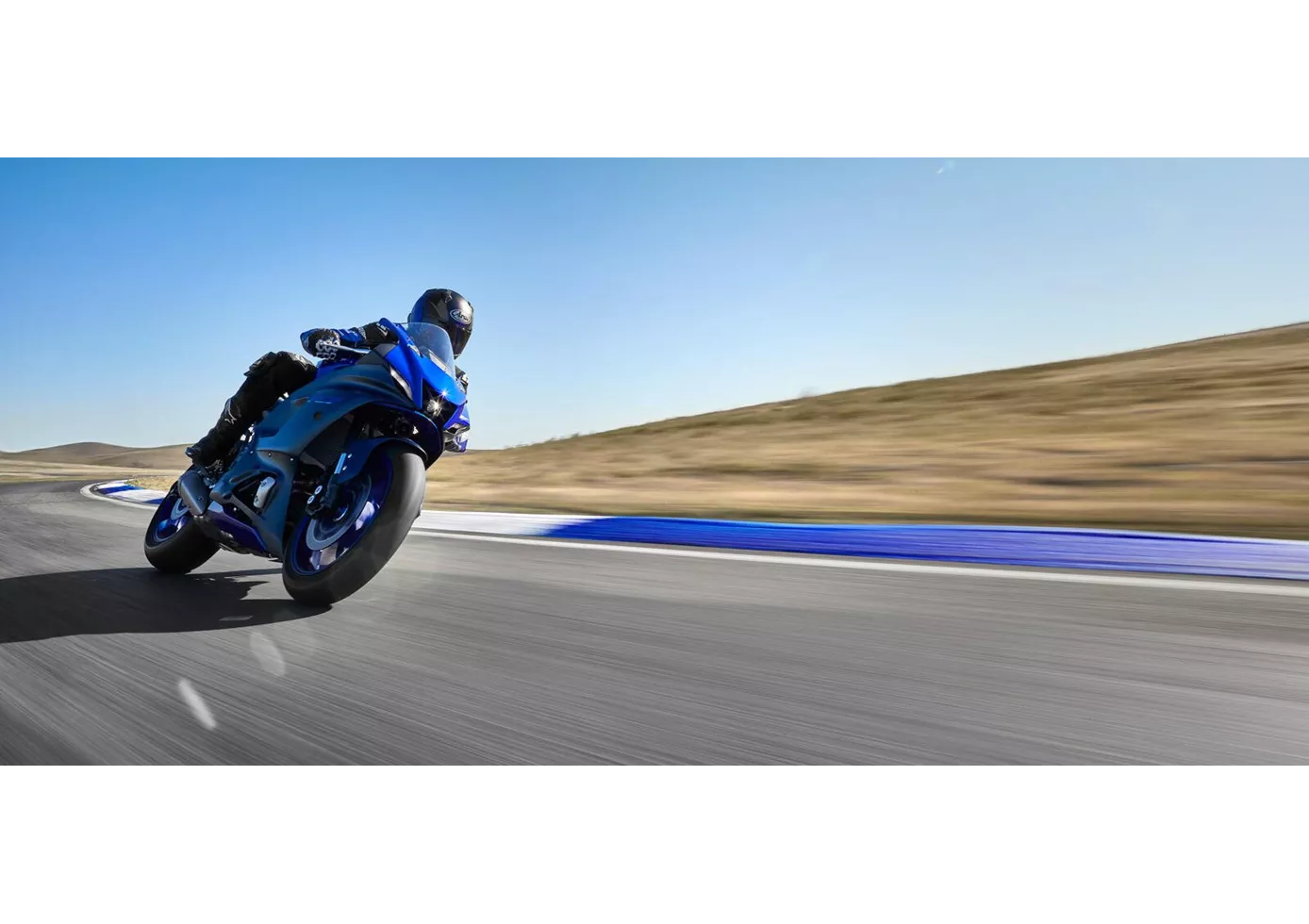
Apesar da combinação bastante idiossincrática da sensata unidade de potência de gama média de 73,4 cv e do visual extremamente agressivo e desportivo, a R7 não é de forma alguma uma ovelha em pele de lobo. O desempenho, que se situa algures entre a R3 e a R6, revelou-se muito mais forte na prática do que os valores puros no papel poderiam sugerir e, em termos de geometria, chassis, travões e pneus, os engenheiros da Yamaha fizeram realmente o seu trabalho de casa. Para além disso, a Yamaha R7 tem todas as qualidades para se divertir imenso numa pista de corrida compacta como Pannoniaring, por exemplo, mesmo sem um grande investimento. Mas é claro que ela se sente melhor na estrada rural, e é aí que ela pertence em primeiro lugar, em nossa opinião. Tendo em conta o pacote global, o preço de compra é mais do que justo - por isso não é um problema o facto de a alavanca de velocidades não estar incluída e ter de ser adquirida como opção.
BMW S 1000 RR 2015

A BMW ainda pode marcar pontos com factos concretos em 2015. Se gosta de desempenho de topo, tem de comprar o BMW. Torna-se incrivelmente poderoso no topo e afasta o resto do campo de 200. Os pilotos grandes e pesados poderão se beneficiar ainda mais disso. A BMW não facilitou as coisas para si mesma com esta moto e montou uma moto muito universal. Se fizéssemos um teste comparativo com 50 pilotos diferentes (desde principiantes a profissionais), a BMW teria a melhor média de todas as motos de 1000cc. O chassis eletrónico, mas também as ajudas à condução, tornam os profissionais rápidos e os principiantes seguros na estrada. Uma recomendação de topo para um grupo-alvo muito vasto. Os condutores amadores muito rápidos não ficarão 100% satisfeitos com a suspensão de série. Se não quiser modificar o chassis, deve optar por uma R1M, uma Panigale S ou uma RSV RF. Se quiser converter de qualquer forma, a S 1000 RR é a base mais forte e universal. Surpreendentemente, a potente máquina também anda muito bem em estradas rurais. Em suma, parece um compromisso, mas nunca se sente como tal na prática.
Comparação de preços Preço médio de mercado Yamaha R7 vs BMW S 1000 RR
There are a few key differences between a Yamaha R7 2021 and a BMW S 1000 RR 2015. It takes less time to sell a BMW S 1000 RR with 77 days compared to 161 days for the Yamaha R7. Since model year 2021 1000PS.de editors have written 9 reviews for the Yamaha R7 and 135 reviews for the BMW S 1000 RR since model year 2010. The first review for the Yamaha R7 was published on 18/05/2021 and now has more than 92.800 views. This compares to more than 4.000 views for the first review on BMW S 1000 RR published on 16/04/2008.
